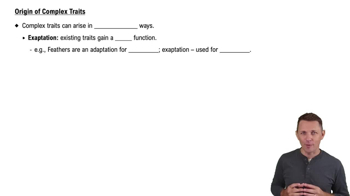Here are the essential concepts you must grasp in order to answer the question correctly.
Histone Acetylation
Histone acetylation is a post-translational modification where acetyl groups are added to the lysine residues of histone proteins. This modification reduces the positive charge on histones, leading to a more relaxed chromatin structure, which facilitates gene transcription. Conversely, reducing histone acetylase activity typically results in increased histone compaction and decreased gene expression.
Recommended video:
Chromatin Structure and Charge
Histones are rich in positively charged amino acids, which interact with the negatively charged DNA, promoting tight packing of chromatin. Mutations that reduce these positively charged residues can lead to a more open chromatin configuration, allowing for greater accessibility of transcription factors and increased gene expression. Thus, the charge of histones plays a crucial role in chromatin dynamics.
Recommended video:
Eukaryotic Chromatin Modifications
Chromatin Remodeling Complexes
Chromatin remodeling complexes are multi-protein assemblies that alter the structure of chromatin, making it more or less accessible for transcription. They do not add chemical groups to histones; instead, they utilize ATP to reposition or evict nucleosomes, thereby influencing gene expression. Their activity is essential for the regulation of genes in response to various cellular signals.
Recommended video:
 Verified step by step guidance
Verified step by step guidance Verified Solution
Verified Solution



 6:52m
6:52m